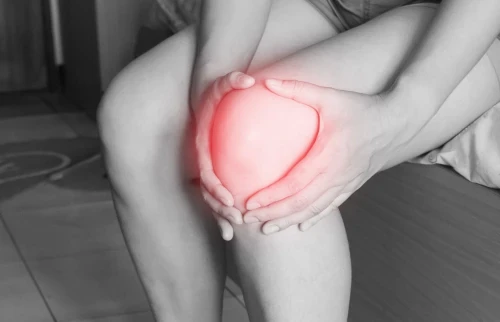You are not alone for thinking this. The two conditions are often confused when it comes to describing overstretching or tearing of soft tissues in and around your joints. However, although quite similar, there is a difference….
A joint strain is the overstretching or tearing of muscles or tendons. Tendons are the dense fibrous cords of tissue that connect bones to muscles. The most common locations for a muscle strain are the lower back or the hamstrings.
A joint sprain is the overstretching or tearing of ligaments. Ligaments are the bands of tissue that connect two bones together in a joint. The most common location for a sprain is the ankle joint.
Differences:
The main difference is that with a sprain you may have bruising around the affected joint, whereas with a strain, you may have spasms in the affected muscle as demonstrated by these common symptoms of each:
Common symptoms of sprains:
- bruising
- pain around the affected joint
- swelling
- limited flexibility
- difficulty using the joint’s full range of motion
Common symptoms of strains
-
muscle spasm
- pain around the affected joint
- swelling
- limited flexibility
- difficulty using the joint’s full range of motion
It is important to note that there are different grades of strains/sprains depending on the severity.
Causes:
With everyday life, an occasional strain or sprain is quite common. However there are situations that may increase the likelihood of this increasing:
- Lifting heavy objects
- Athletic activities or exercise
- Sitting or standing in an awkward position
- Accidents e.g. falling or slipping
- Overexerting yourself
- Prolonged repetitive motion
Other factors that can increase your risk of a strain or sprain include:
- Being out of shape so that your muscles and joints weak and unable to fully support your movements.
- Being tired, which often means you do not carry yourself properly or you are more likely to bump not things or fall.
- Dangerous environments including slippery surfaces which means it’s important for you to be aware of these at the time.
- Not using the correct equipment in the right way.
- Not warming up or cooling down.
Treatment:
For the first 24 to 48 hours after your injury, RICE may make you more comfortable and reduce signs and symptoms for both strains and sprains:
- Rest: to enable the joint time to heal, try and stay off the joint or try not to use it to give it time to heal
- Ice: Ice will help reduce swelling and inflammation. However, never apply the ice directly to your skin. Use a towel to wrap the ice in before applying it. Leave this on the area for approx. 20 minutes and repeat within the first 48nhours if necessary.
- Compression: Compression will help reduce the swelling. Wrap the affected joint in a bandage or trainer’s tape. However wrapping the joint too tightly can reduce the blood supply.
- Elevation: Try to keep the affected joint elevated above the level of your heart to help reduce swelling.
The healing times can vary hugely and muscles will normally repair quicker than ligaments.
If, however, you experience any of the following, it is important to see professional advice:
- Difficulty walking or standing without pain
- Inability to move or flex the affected joint
- Feeling numbness or tingling around the joint

